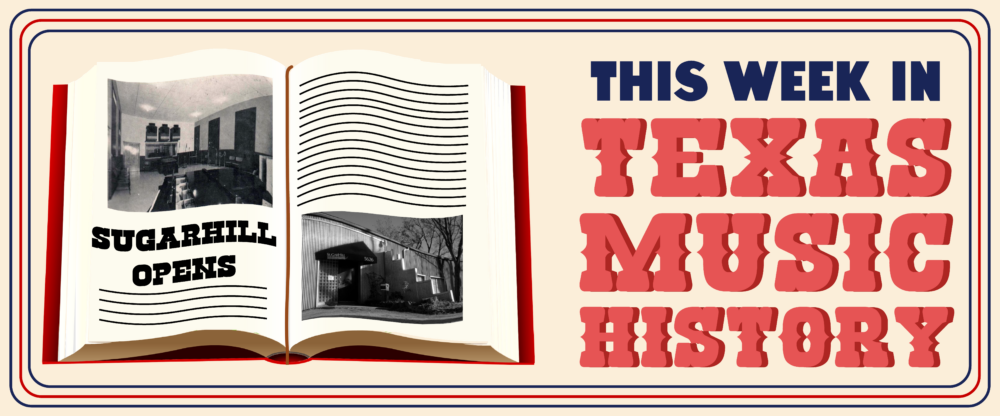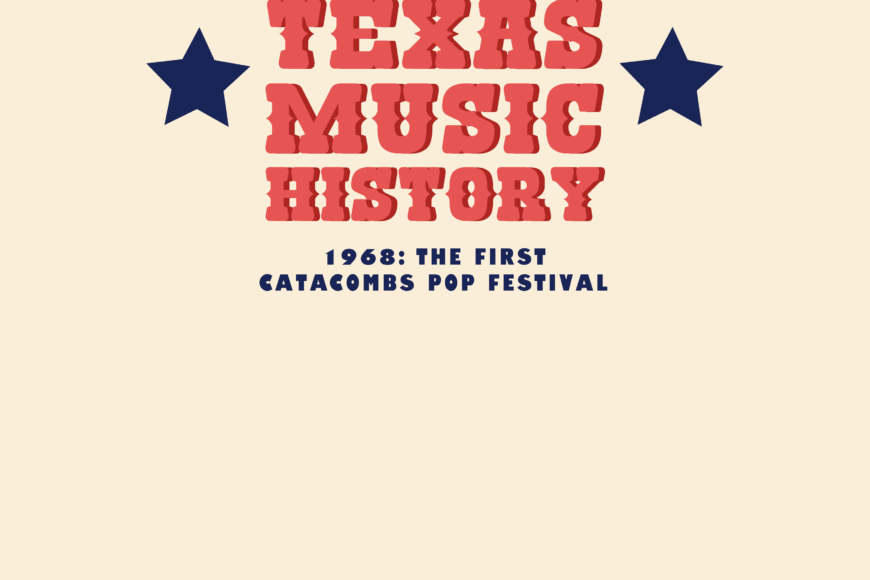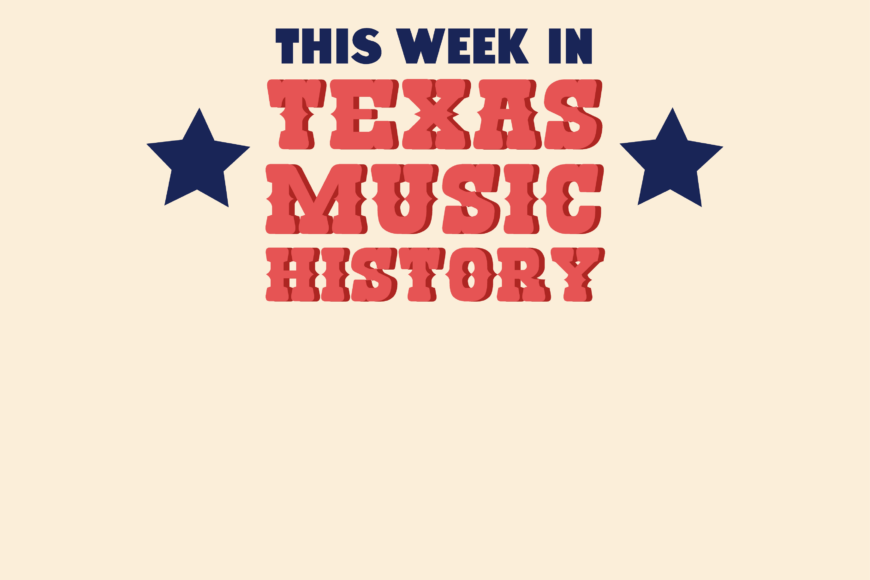by Jason Mellard / Center for Texas Music History at Texas State
This Week in Texas Music History we find ourselves in a studio with an almost unbelievably sweet track of success.

In early October 1941, producer Bill Quinn established what is today known as SugarHill Recording Studios in Houston. The studio, called Gold Star in Quinn’s day, would produce some of the most exciting—and stunningly diverse—recordings in all of American popular music. In 1946, Quinn recorded “Jole Blon” by Harry Choates, the first modern Cajun hit. The next year, Lightnin’ Hopkins started recording there. In the 1950s, it was home to the Big Bopper’s “Chantilly Lace” and some of the earliest records of George Jones (“Why Baby Why”) and Willie Nelson (his first cut of “Night Life”). The 1960s brought key zydeco tracks from Clifton Chenier and the Sir Douglas Quintet’s “She’s About a Mover.” The label International Artists took over the space for a short spell in the late 60s, making SugarHill the mother ship of Texas psychedelia with the 13th Floor Elevators, Red Krayola, and Bubble Puppy. Freddy Fender, Asleep at the Wheel, and Little Joe y La Familia settled in in the 1970s. In short, Texas music sounds the way it does in large part because of this Houston studio. It seemed there was nothing it could not do.
For example, at the time of Destiny’s Child’s second album, the Beyoncé-led group was looking for a Houston space to record. They laid down several tracks at SugarHill, and the studio played an even larger role in the group’s 2001 album Survivor, including four top ten singles. And all of this is just the tip of a very large sonic iceberg. SugarHill remains the oldest continually operating recording studio in Texas, a dynamic historic site with few peers.


